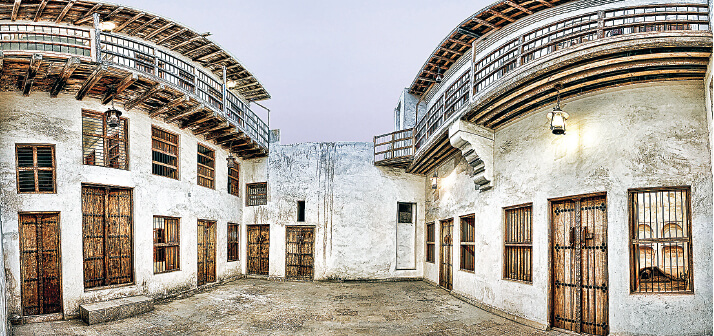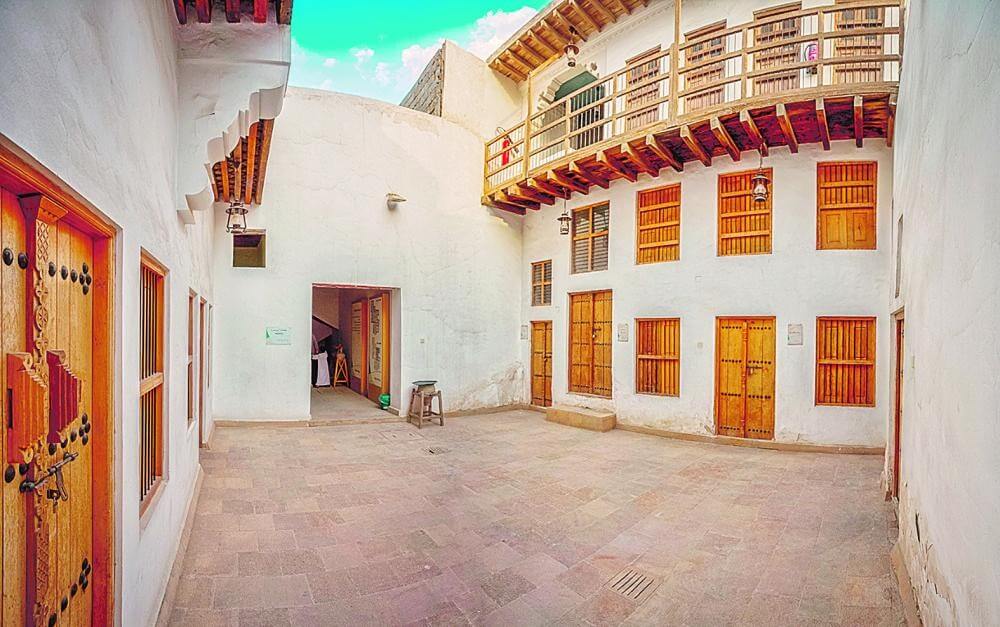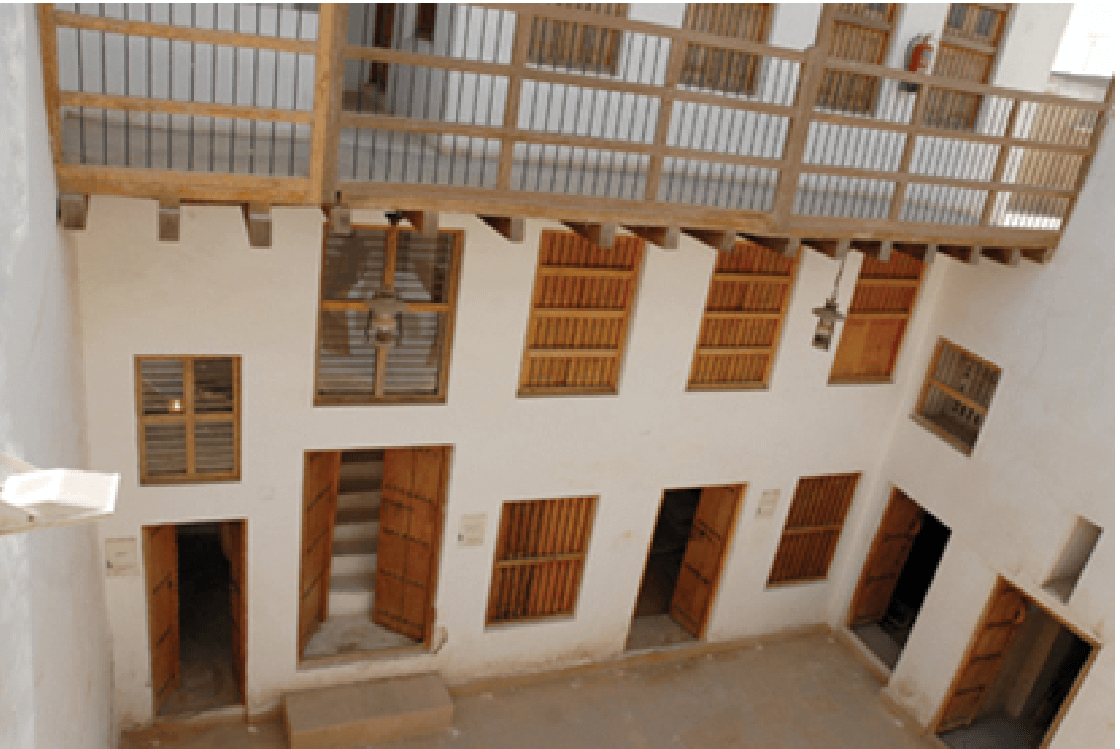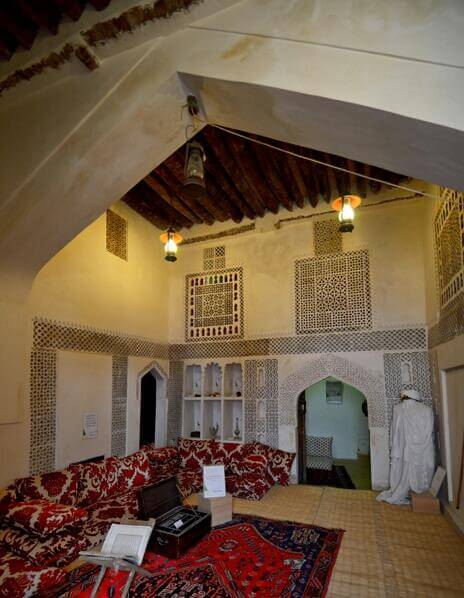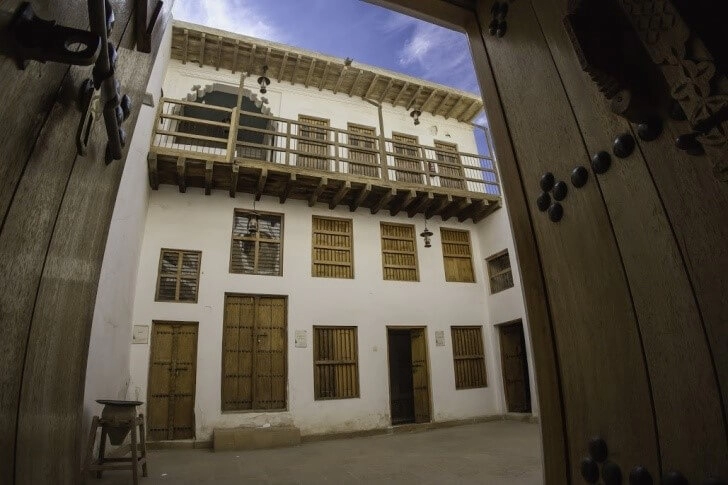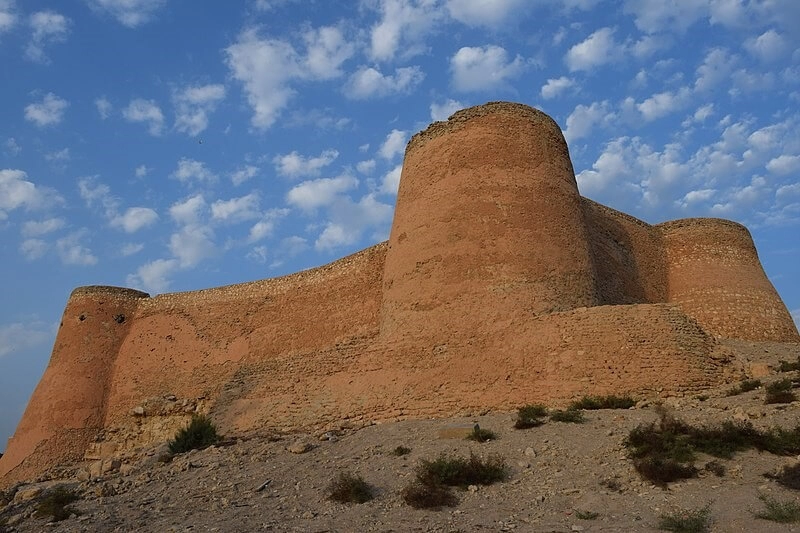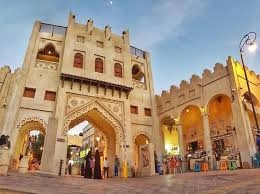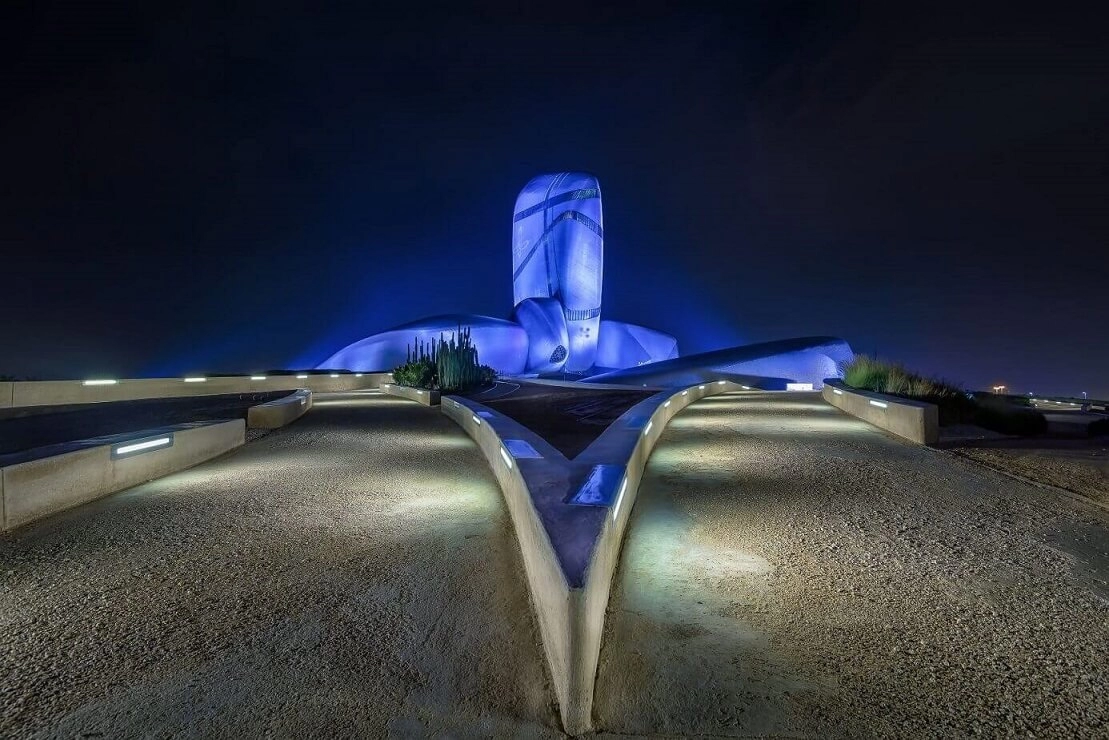About :
Al-Bayaa House is one of the most important old historical houses located in the Kuwait neighborhood inside the city of Hofuf, Al-Ahsa governorate, Saudi Arabia, as the house dates back to its owner Abdul Latif Bin Abdul Rahman Al-Mulla, who was the head of the Al-Mulla family
As this house was a witness to the history of the allegiance of the people of the city of Al-Ahsa at that time to King Abdul Aziz and their accession to the Saudi state, and this allegiance was in 1913. The House has an area of 705 square meters and it is a very old and antique house as its construction dates back to 1789 ad
It was also created by Abdul Rahman Bin Omar bin Mohammed Al-Mulla, who was the judge of the city of Al-Ahsa, so this house is the first house in Al-Ahsa governorate that King Abdul Aziz entered, and this is during the Battle of Al-Ahsa to complete the allegiance, and that's why it was named the house of allegiance, which was in 1913
The house was repaired in 2005 because it is one of the most important historical and ancient houses in Saudi Arabia, as well as an important political monument, and the restoration was carried out by the Saudi antiquities and museums agency, and it has since been developed and restored, and the people of Al-Ahsa celebrate the national day of the Al-Ahsa Governate in the Kingdom of Saudi Arabia on that date.
It has also been converted into a museum with a large number of rooms and artifacts from collectibles to manuscripts and tools.
The Mulla family
The Al-Mulla family is one of the most famous and well-known scientific families in the Arabian Peninsula's east, since its lineage stretches to the Harith al-Tayy tribe, which is one of the Peninsula's most famous tribes. Throughout the past five centuries, the Al-Mulla family has played an important role in the fields of knowledge and science in a variety of activities and domains, owing to its constant presence in the scientific, religious, political, and social fields in Al-Ahsa governorate.
One of the family's active roles in AlKoot Fort is the establishment of 6 mosques and 5 Charity Schools, as well as a small fortification called Ribat.
Then the ownership of the House passed to Abdul Latif Bin Abdul Rahman Al-Mulla in 1921, who held the position of a Hanafi jurist, a religious teacher, and a judge
Al-Bayaa House architecture
Al-Bayaa House is one of the most distinctive residences; it is white with wooden windows and was built with two levels; the ground floor was planned to be a big courtyard to receive visitors and to be overlooked by the second floor's wooden balconies.
Inside, it contains special councils for visitors and guests of the house, and until now, the house contains clothes and personal belongings that have been placed in the museum of the house today, and the second floor contains a number of bedrooms and living rooms, and the museum inside the House has some photos showing the history of Al-Bayaa House.
Al-Bayaa House is one of the most famous and important tourist attractions in Al-Ahsa governorate, which is celebrated annually on the national day of the people of the city of Al-Ahsa because in this house the most important allegiance was made by the ancestors of the Al-Ahsa to King Abdulaziz bin Abdulrahman Al Saud to join the Saudi state.
It is also one of the first houses that King Abdulaziz entered when he stepped into the city of Al-Ahsa, and this was on 28 Jumada al-Awwal 1331 Hijri as King Abdulaziz also spent that night in the house with his brothers Mohammed, Saad and Abdullah
Al-Bayaa House is one of the most important ancient historical monuments to be a witness to the allegiance of Al-Ahsa and its accession to the Saudi state at that time
 العربية
العربية الصينية
الصينية